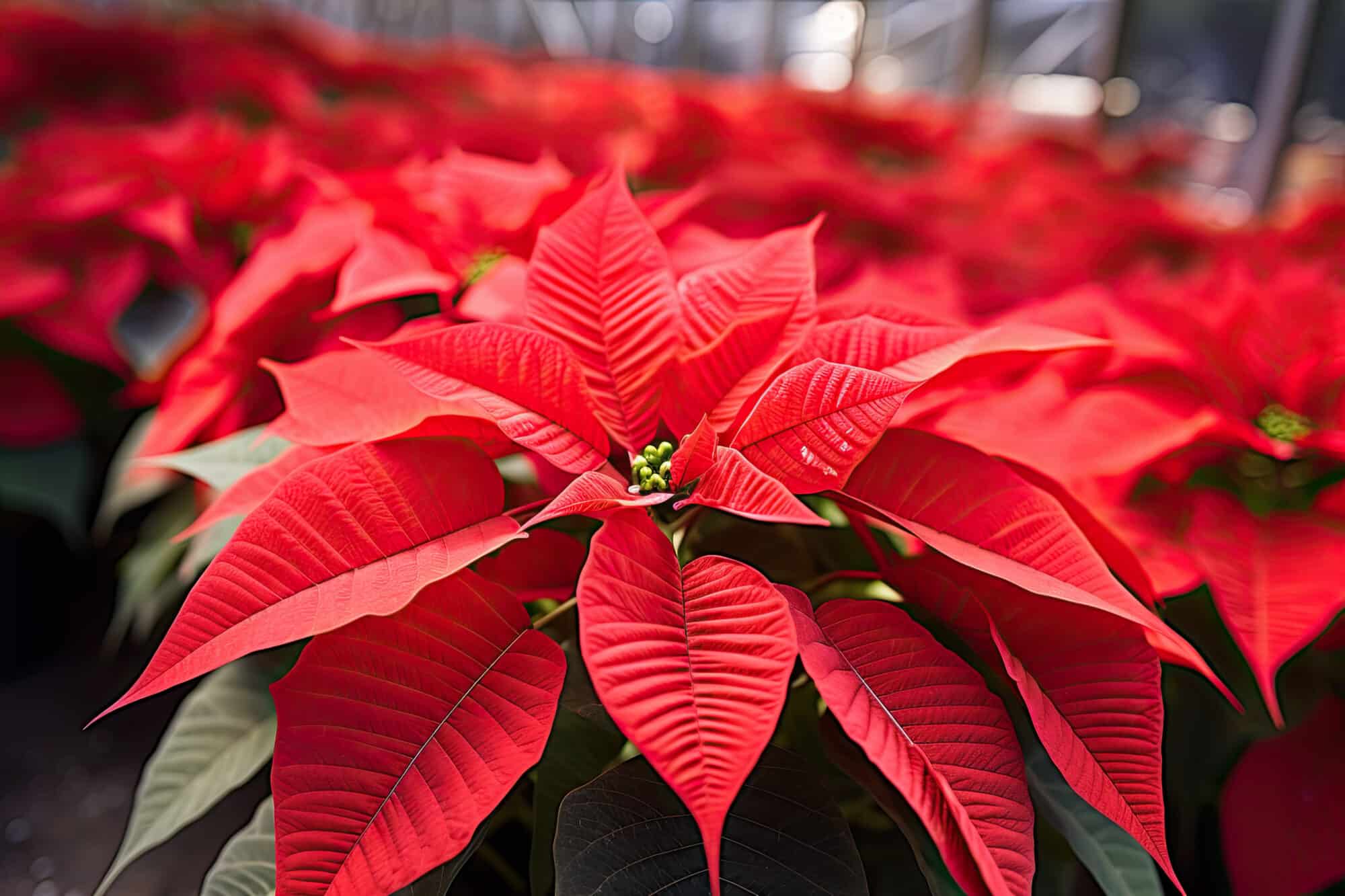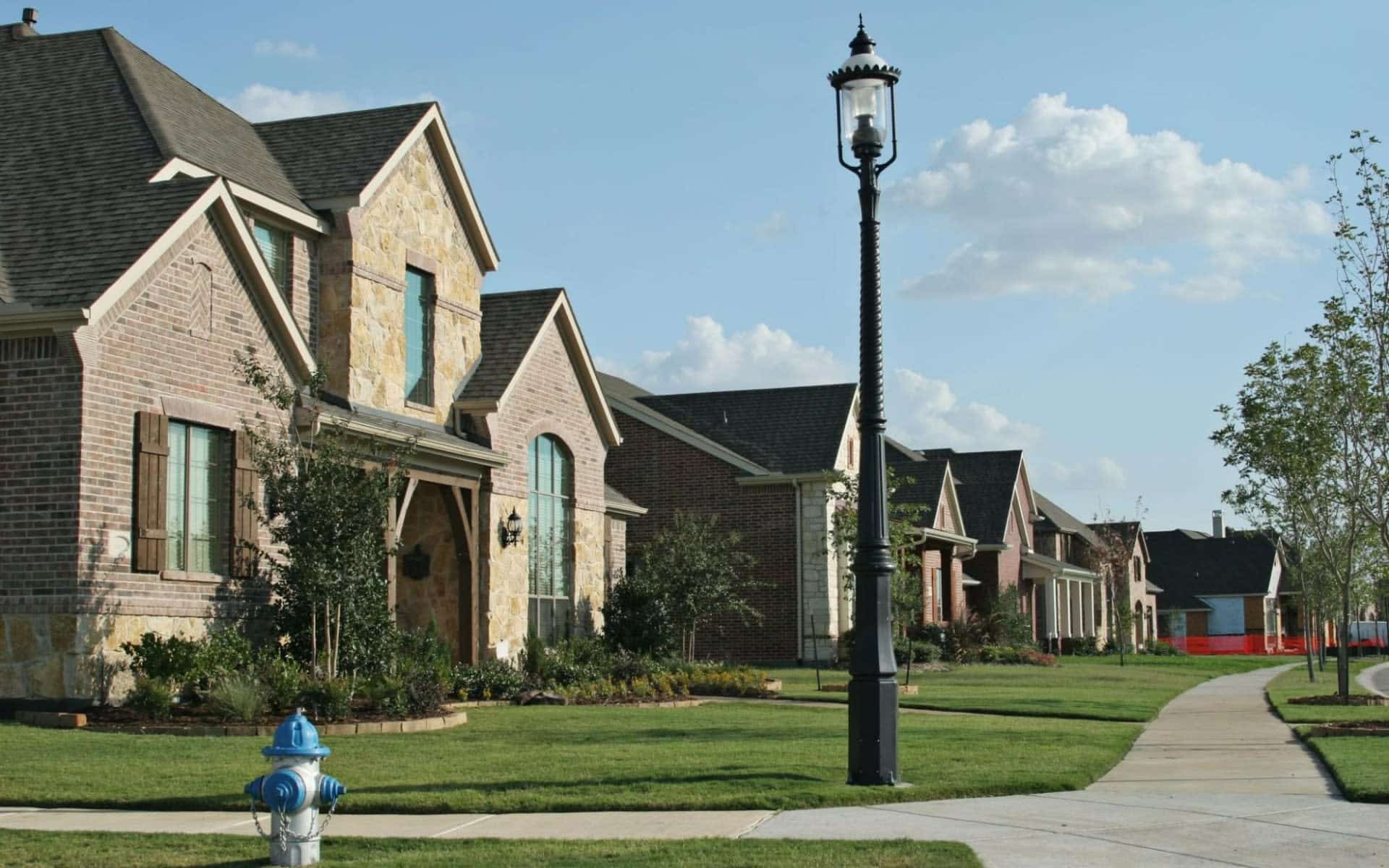Winter can make your garden look dull and lifeless but it doesn’t have to be that way. A few simple changes can make your outdoor space look great even in the colder months. For example, adding winter-friendly plants and features can boost your home’s curb appeal. This not only makes your property more inviting but can increase its value.
You don’t need to spend lots of time and money to improve your winter garden. Small touches like colorful berries, evergreen shrubs, or outdoor lighting can make a big difference. These tips will help you create a stunning winter landscape that stands out in your neighborhood.
Fundamentals of Winter Landscape Design
Winter landscapes offer unique opportunities to enhance your home’s curb appeal. Proper design balances form and function, creating visual interest while addressing cold-weather challenges.
Assessing Your Front Yard’s Winter Potential
Start by examining your front yard’s current state, looking for existing evergreen plants, interesting bark textures, and architectural features. Note areas that catch snow or ice, as these can become focal points, and consider your home’s style and how it fits with the surrounding landscape.
Take stock of hardscaping elements like paths, walls, and fences as these provide structure when plants are dormant. Think about lighting needs for dark winter days and nights and don’t forget to plan for practical issues like snow removal and de-icing.
Principles of Garden Design for Cold Months
Focus on creating a strong framework with evergreens and woody plantsro give your yard shape and color year-round. Use a mix of textures and forms to add visual interest, combining upright conifers with spreading shrubs for contrast.
Add winter-blooming plants like witch hazel or hellebores for splashes of color, including plants with colorful berries or bark. Think about proportion and scale when placing elements as larger features stand out better in snowy landscapes.
Use hardscaping to define spaces and create patterns, with paths and walls helping to guide the eye through the garden. Consider adding structures like arbors or trellises for vertical interest as these can support winter-flowering climbers or catch snow in attractive ways.
Creating a Winter Wonderland with Plant Choices
Winter gardens can be stunning with the right plants and you can create a beautiful landscape that shines even in the coldest months.
Choosing Evergreens for Structure
Evergreens are the backbone of winter gardensas they keep their leaves all year, giving your garden shape when other plants lose foliage. Try using a mix of different evergreens for more variety. Conifers like pine and spruce add height and drama, while boxwood and yew are great for hedges or topiaries. For ground cover, try creeping juniper or winter creeper.
Winter Interest Plants to Add Colour and Texture
Many plants offer an array of colors and textures during the cold months, such as hellebores, also called Christmas roses, which bloom in winter with pretty flowers in white, pink, or purple. Pansies can also flower all winter in mild climates.
For bright berries, plant holly or winterberry as the red fruits stand out against the snow. Ornamental grasses add movement and texture, simply leave them uncut until spring to enjoy their graceful shapes. Bark can be a star too, and plants like red-twig dogwood have colorful stems that pop against the snow.
Incorporating Native Plants for Sustainability
Using native plants in your winter garden is smart and eco-friendly asthese plants are used to your local climate and need less care. Many native shrubs and trees offer winter interest. Witch hazel blooms with spider-like yellow flowers in late winter, while sserviceberry has smooth grey bark that looks lovely in snow.
Native grasses like little bluestem turn a lovely rusty color in winter and provide food and shelter for birds. You can check with local garden centers or nature groups to find native plants that suit your area.
Enhancing Curb Appeal with Hardscaping and Accessories
Hardscaping and accessories can transform your winter landscape, adding structure and visual interest when plants are dormant.
Walkways and Pathways
Create inviting walkways to guide visitors to your entrance, using materials that contrast with snow, like dark stone or brick. Curved paths add charm and soften straight lines, and make sure to install lighting along paths for safety and ambiance. Solar-powered lights are low-maintenance and eco-friendly.
Keep walkways clear of ice and snow usong salt alternatives to protect plants and concrete. You can also add interest with borders, lining paths with evergreen shrubs or ornamental grasses. Consider permeable paving to reduce ice buildup as it allows water to drain easily, preventing slippery surfaces.
Selecting Outdoor Furniture and Decor
Picking durable furniture that can withstand winter weather is recommended, so consider materials such as teak, metal, or all-weather wicker. Add color with cushions or throws, opting for weather-resistant fabrics in warm, rich tones. You can also use string lights to create a relaxing atmosphere, wrapping them around trees or along eaves for a welcoming glow.
Optimizing Your Home’s Exterior Lighting for Winter Evenings
Proper exterior lighting enhances your home’s curb appeal and safety during dark winter evenings. The right techniques can highlight architectural features and create a calm atmosphere.
Uplighting and Downlighting Techniques
Uplighting involves placing lights at ground level to shine upwards and this technique works well to accentuate trees, columns, and textured walls. You can use spotlights or well-lights to create dramatic shadows and depth.
Downlighting mimics natural moonlight, placing fixtures high up in trees or on your home’s exterior to cast a soft, diffused glow downwards. This method is ideal for lighting pathways, driveways, and garden features.
Mix uplighting and downlighting to add layers to your outdoor lighting scheme. This balance creates visual interest and improves overall curb appeal. Remember to use warm white bulbs for a relaxed feel. LED options are energy-efficient and long-lasting, perfect for the winter months.Speak to us today to discuss your winterizing your garden and landscaping.





